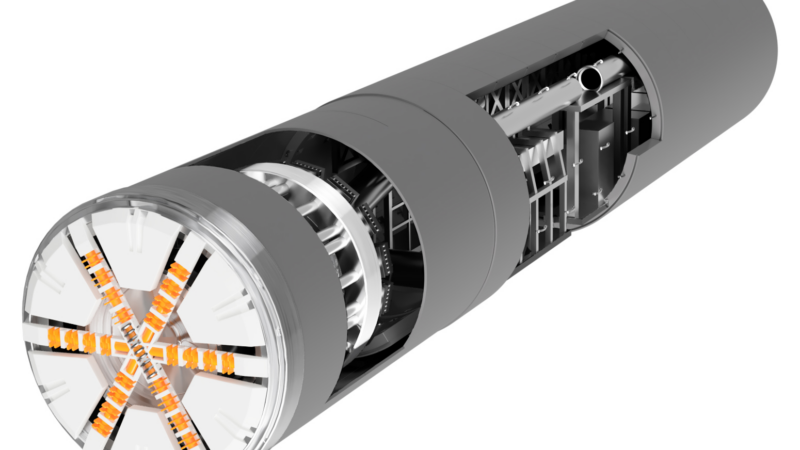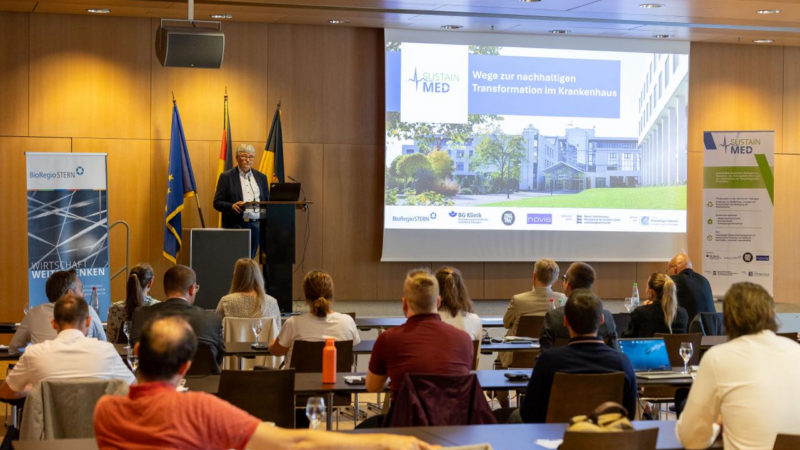Forged components have a grain structure aligned with their geometry, like wood grain, providing exceptional stability.
Forged components are characterised by a grain structure following their geometry, similar to wood grain. This grain structure imparts exceptional stability, which explains their preferred use in critical applications such as bolts, supports, gears, and various pressure components, like valve bodies and boiler components.
Die forging is a hot forging process that allows an alloy, such as steel, to be plastically deformed between two halves of a tool. This forces the material to adopt the desired shape. Components produced by this process exhibit exceptional mechanical strength, largely due to the fibre orientation of the material.
Optimised Fibre-Oriented Forging
The raw material used for forging already has a longitudinal fibre orientation, determined by the process of manufacturing metal bars. This orientation is then optimised during the forging operation. The challenges associated with this process depend heavily on the material used. Titanium and stainless steel, particularly duplex steels, are for example difficult to forge due to their abrasive nature and low fluidity, which can lead to rapid defects and damage to the tools. Extensive experience is required to handle these materials effectively.
Forging vs Casting
The main advantage of die forging over casting lies in the modification of the material’s internal structure, specifically its grain orientation, which significantly improves mechanical properties. In casting, the raw material is poured into a mould, resulting in a structure without any particular grain orientation. Additionally, the casting process can lead to the formation of bubbles, impurities, or casting defects in the internal structure of the components, whereas forging, by its nature, avoids these issues.
The author, Thomas Henneke, is CEO of a small, but highly certified, drop forge in Western Germany and regularly writing popular scientific articles about steel and its varied applications. His profile and further information can be found here:
waisch.ch/firma/la-forge-kb-schmiedetechnik-gmbh-hagen-nrw/posts/cv-and-publications-by-thomas-henneke
KB Schmiedetechnik GmbH is a highly certified West German drop forge, located in Hagen (Westphalia) – between the historic „blade & metal“ region Solingen and the „soccer city“ Dortmund – specializing in small series production of safety-relevant closed die forgings from 200g to 130Kg unit weight of all forgeable steel grades including duplex stainless steels, nickel based, titanium and superalloys according to following standards and certifications:
– Pressure equipment: PED 2014/68/EU, AD 2000-W0, ASME
– Boiler construction/piping: Alstom, Babcock, CNIM, MHPS
– Nuclear technology: KTA (Germany), EDF/RCC-M (France)
– Shipbuilding/ Ocean engineering: ABS, BV, ClassNK, DNV, LR
Closed die drop forgings – Made in Germany of European Quality Steel!
Examples are pressurized parts for pressure equipment – forged valve parts like valve bodies and yokes/ bonnets, tube connections, boiler header caps, forged fittings, flanges, manifolds, L-pieces, Y-pieces, bifurcations, forged breeches/hoses and forged mechanical safety components like chain parts, rollers, bearings, connecting parts, fasteners, hooks, sockets, eyebolts, slings, hoists, special screw nuts, hydraulic components, pinion and gear blanks and more.
Contact
KB Schmiedetechnik GmbH – a German drop forge
Thomas Henneke
Buschmühlenstr. 62
58093 Hagen (NRW)
Phone: +492331350855
E-Mail: 
Url: https://kb-schmiedetechnik.de/about-us.html
Die Bildrechte liegen bei dem Verfasser der Mitteilung.







